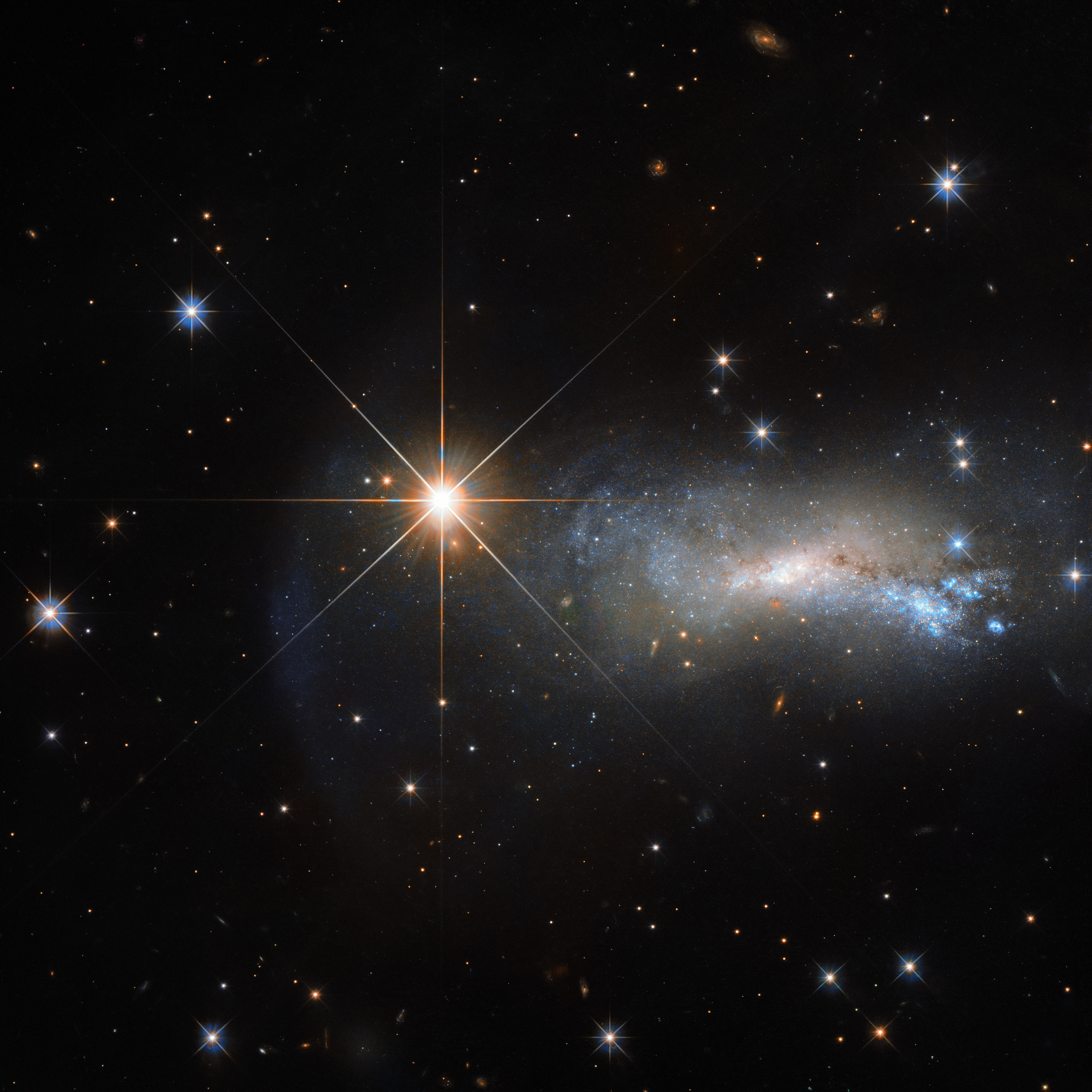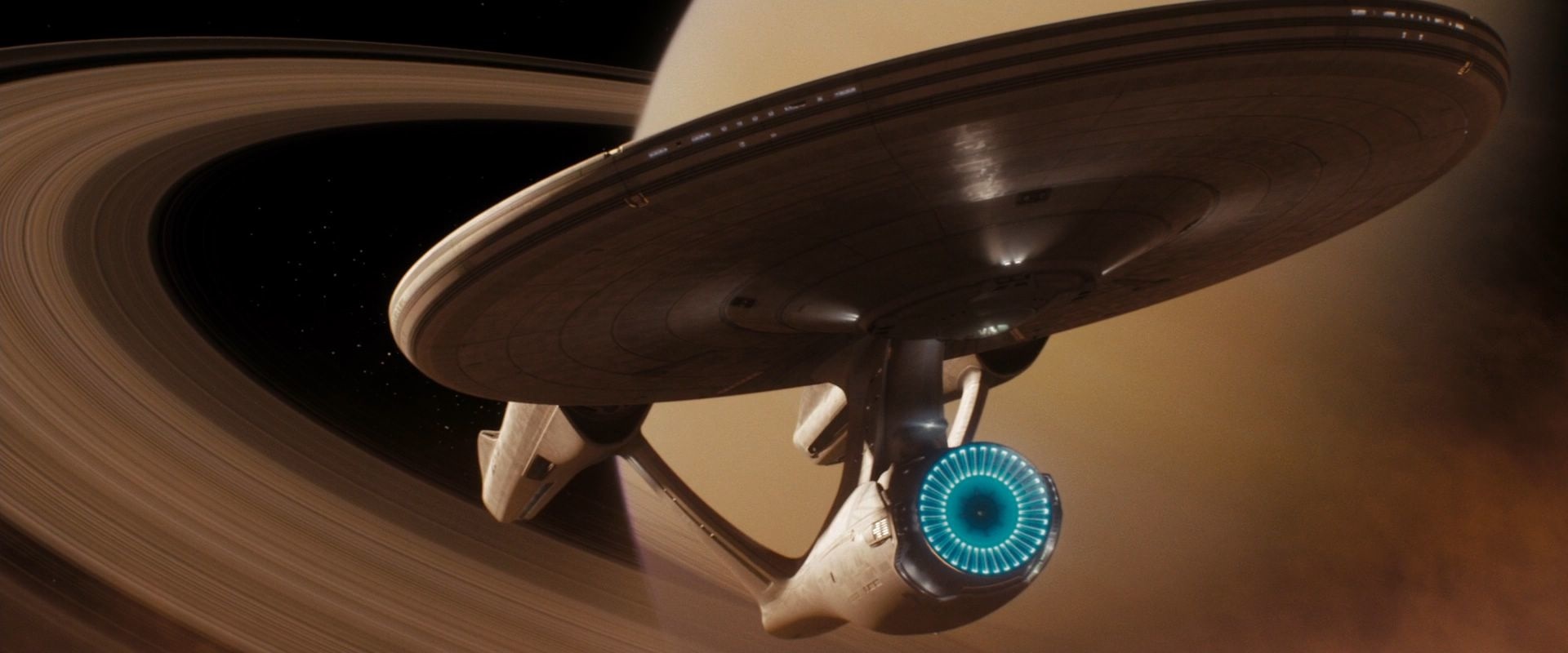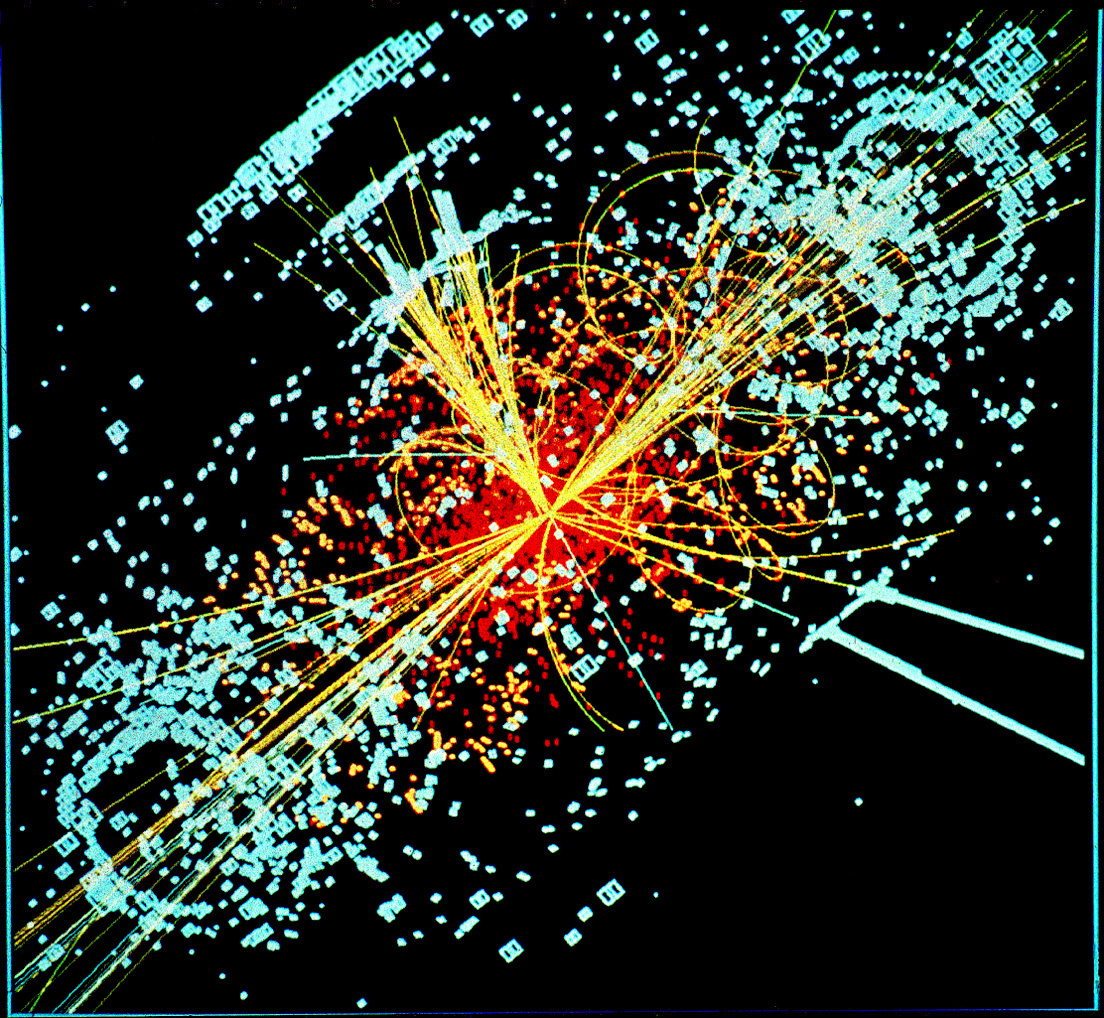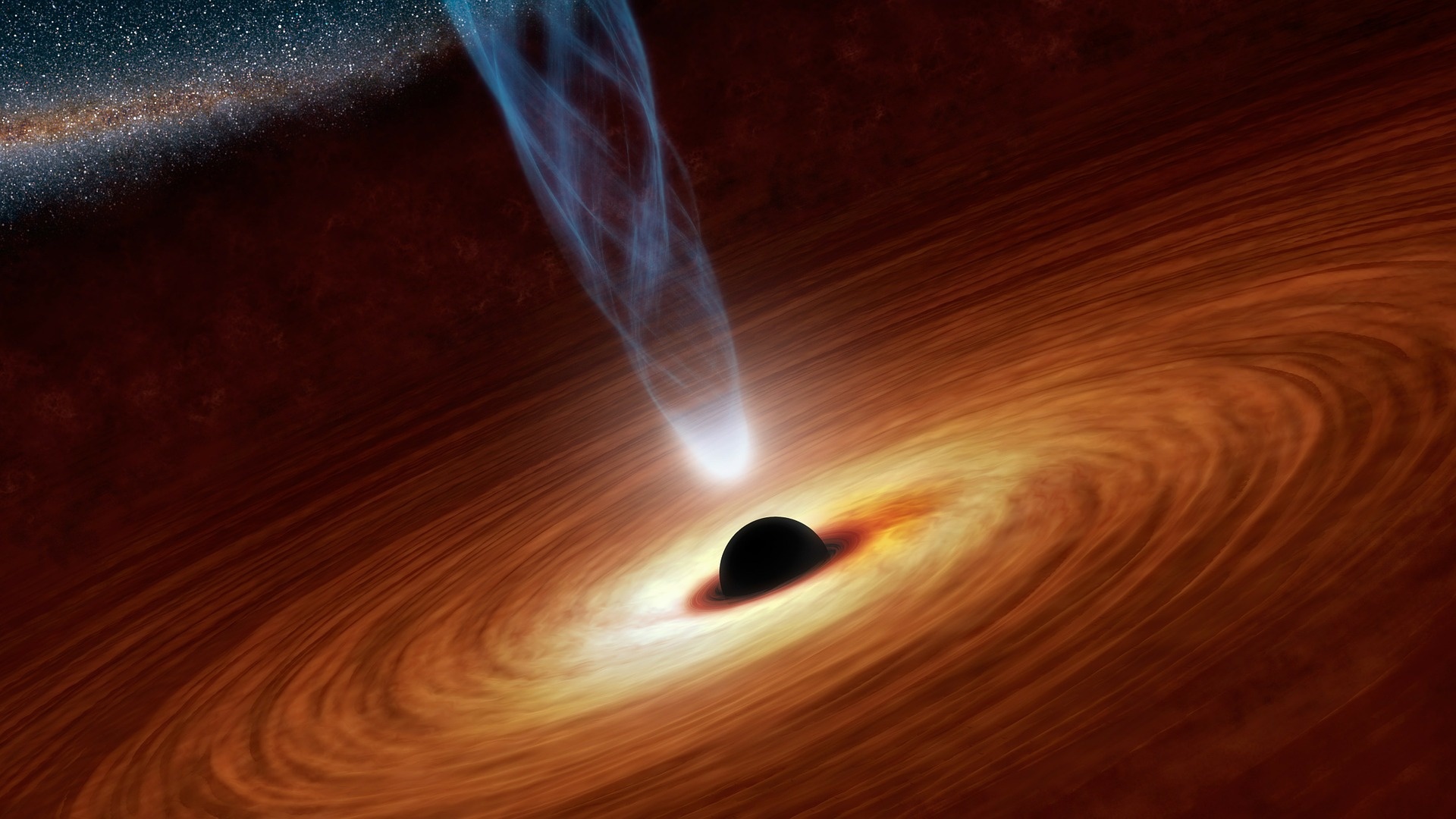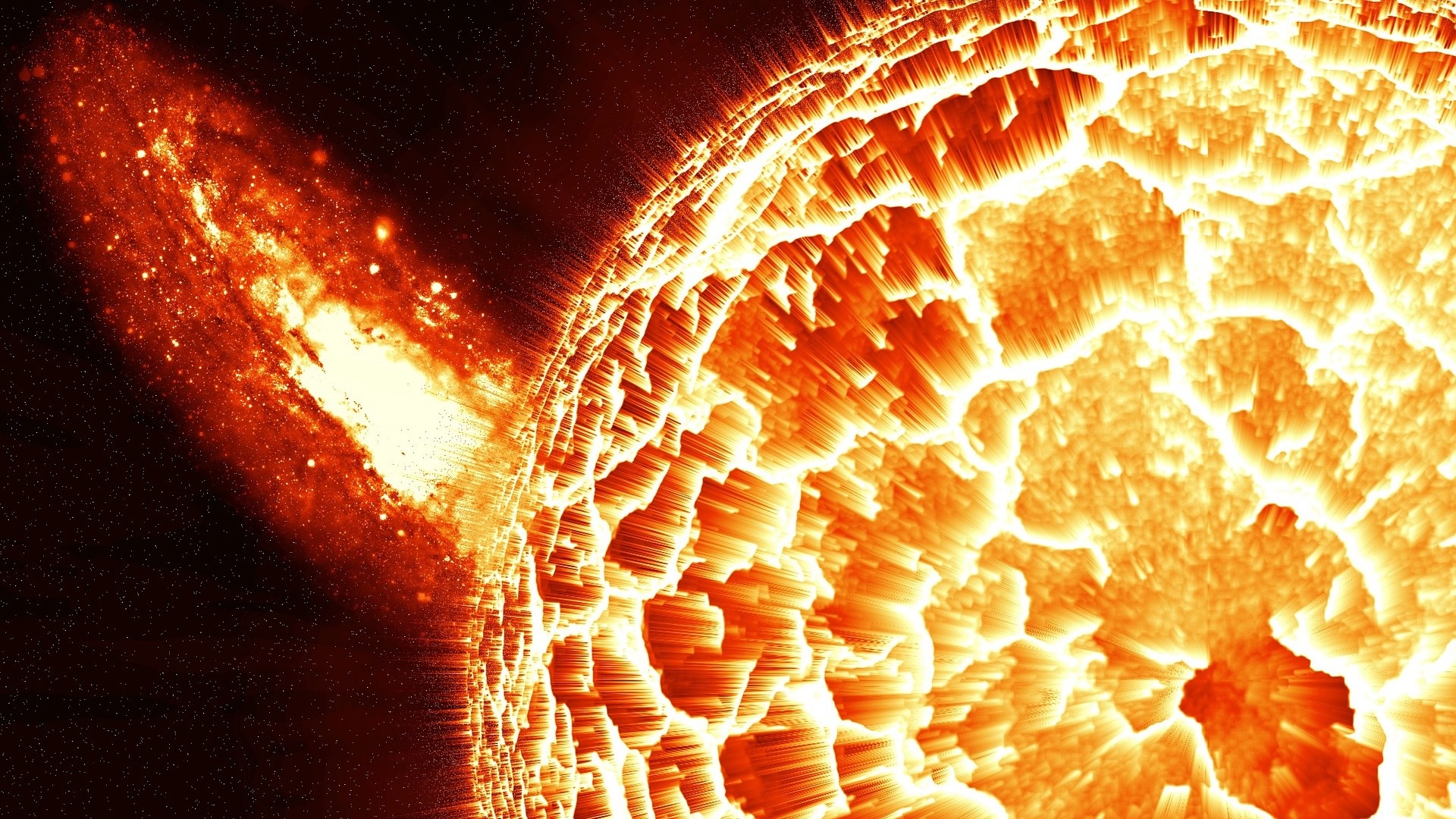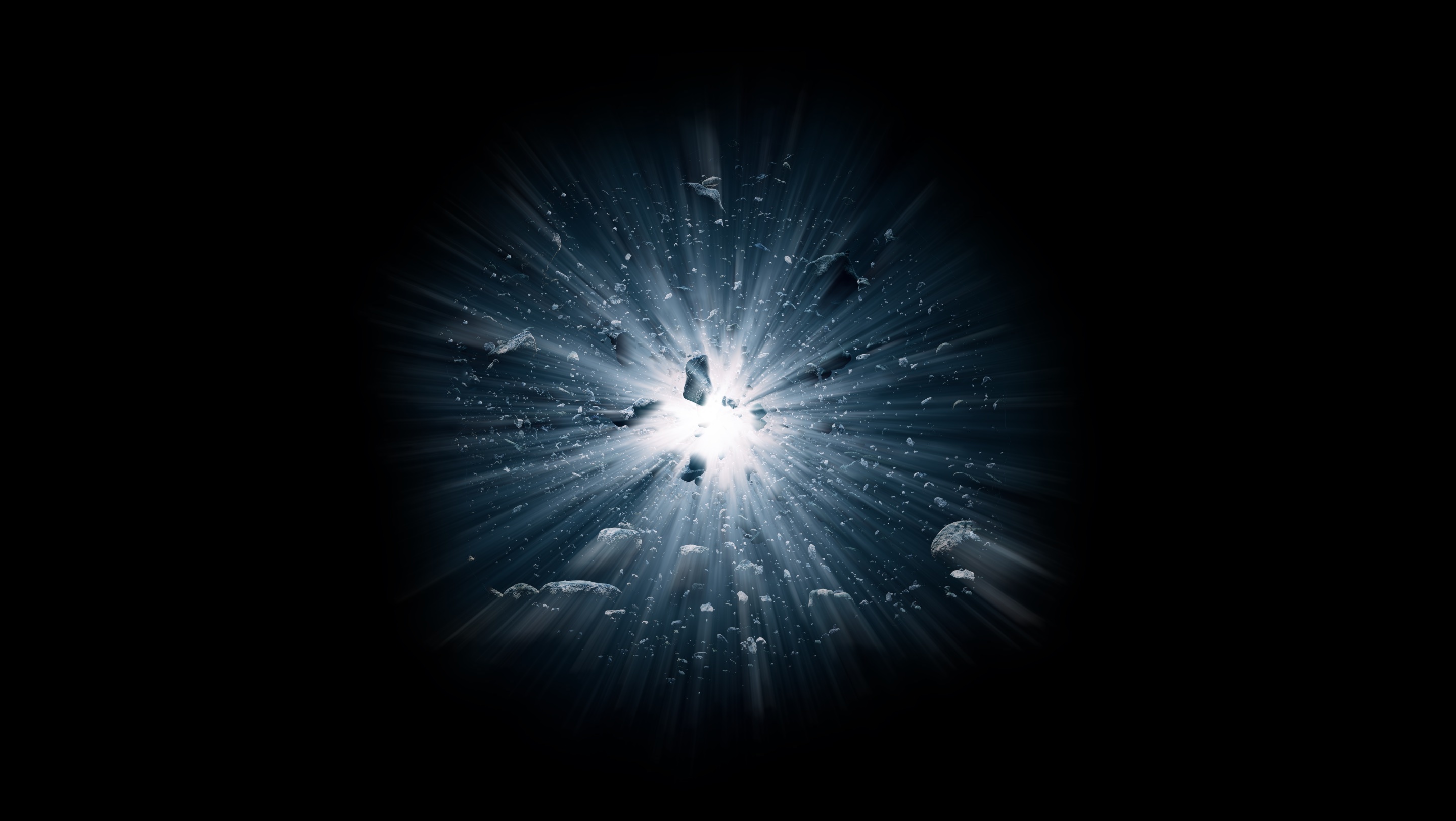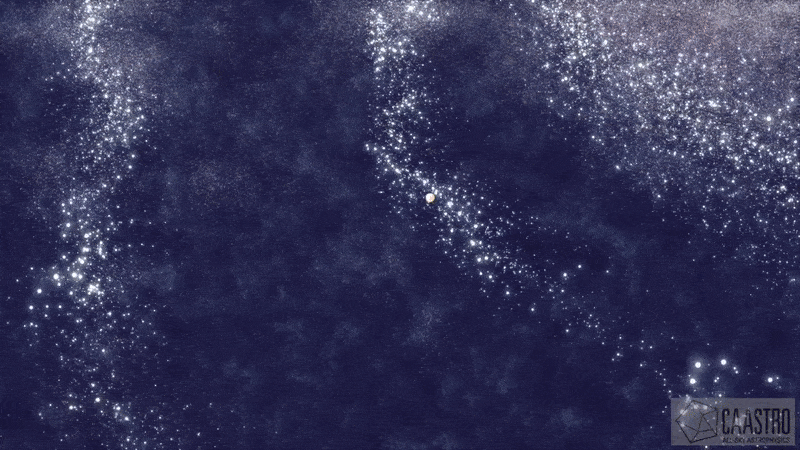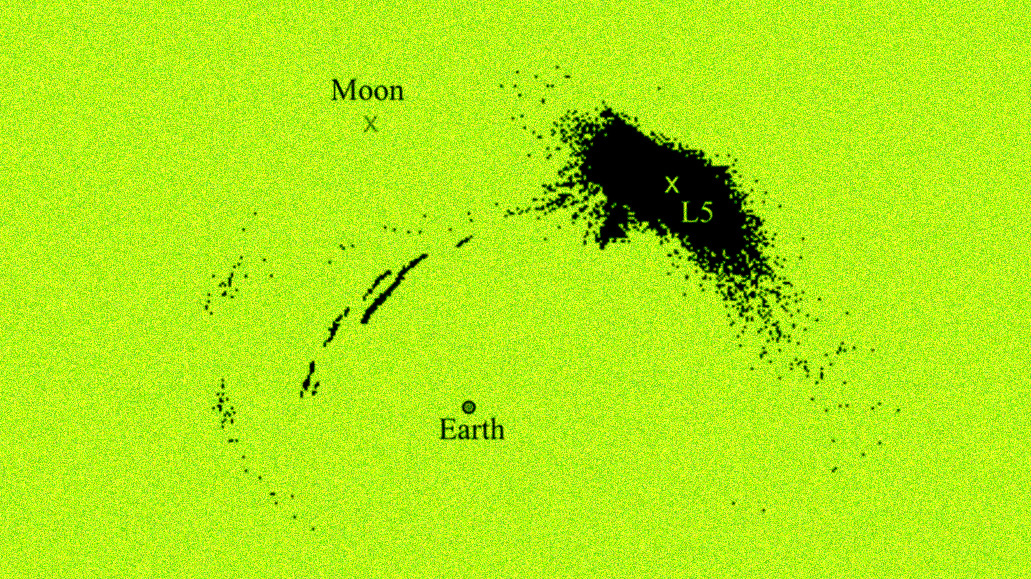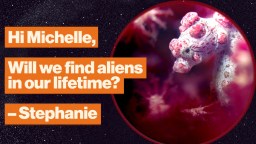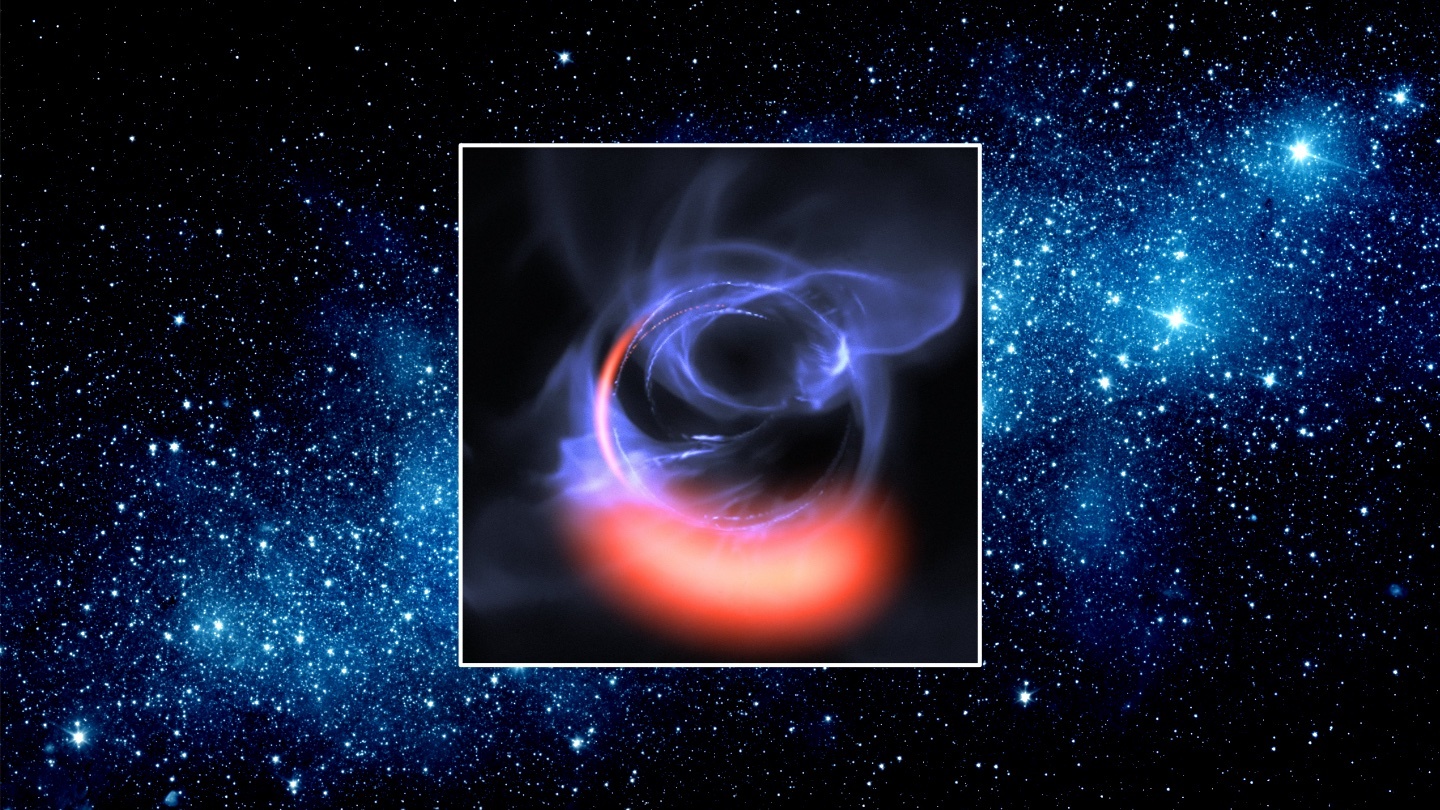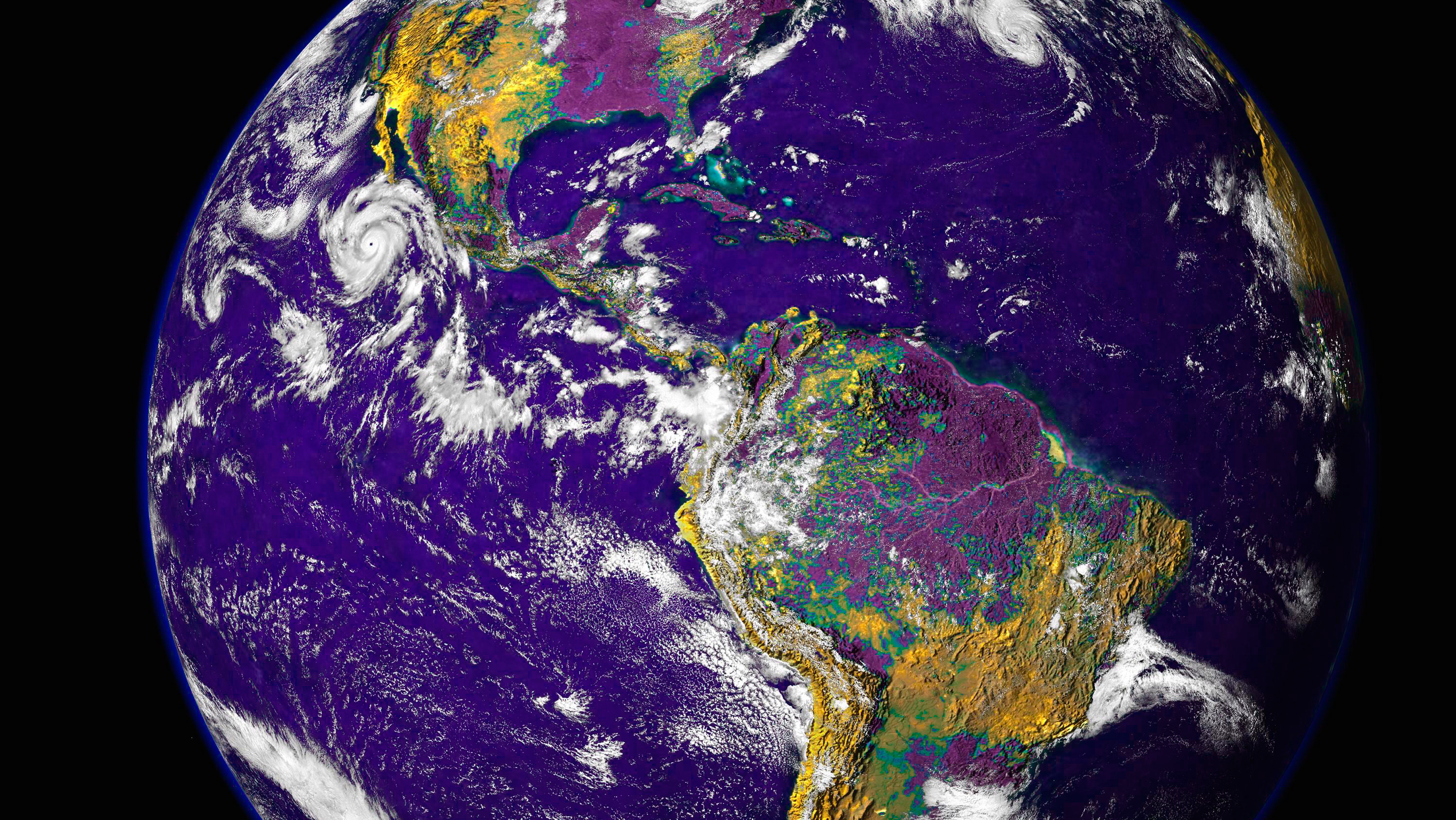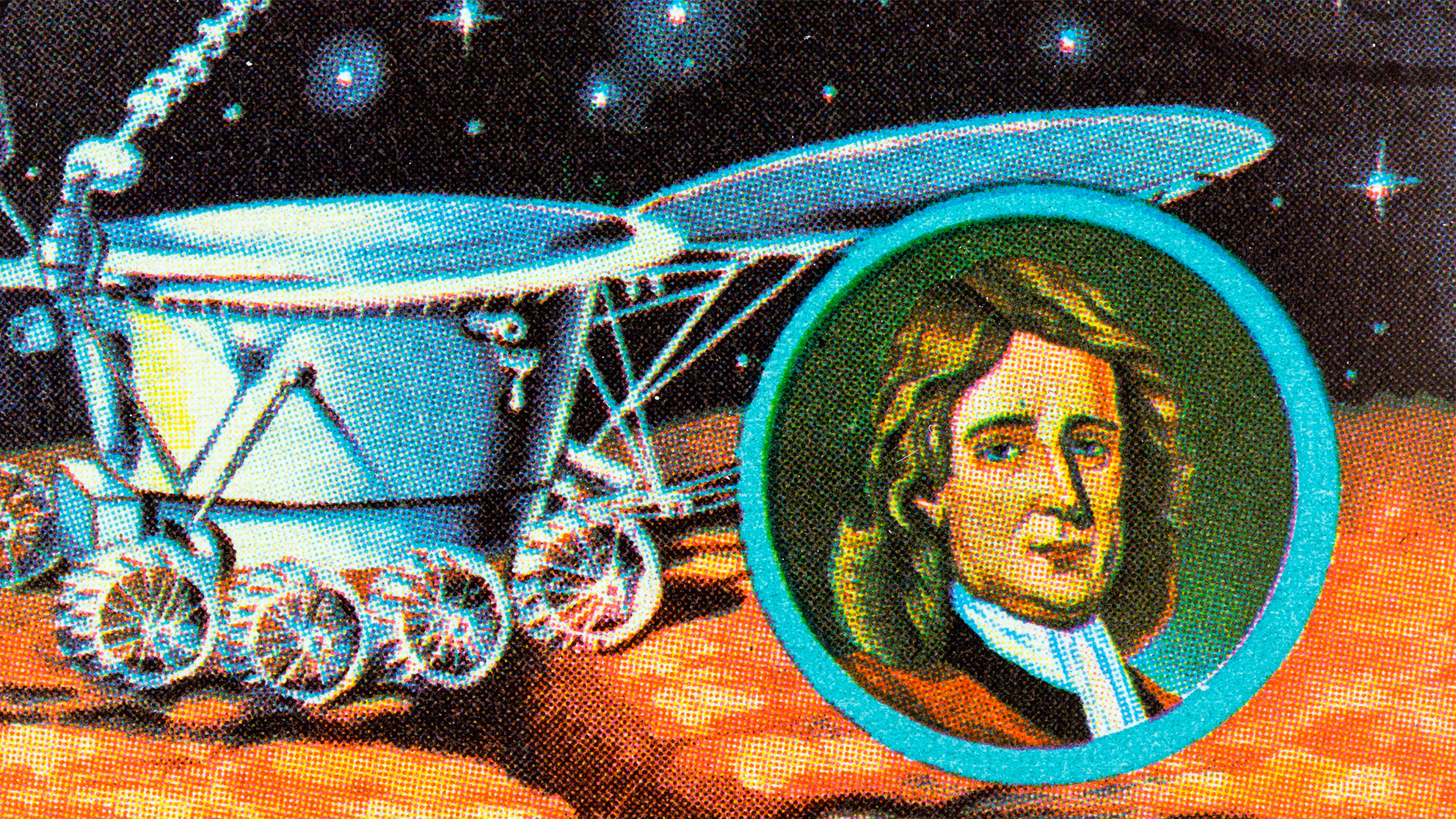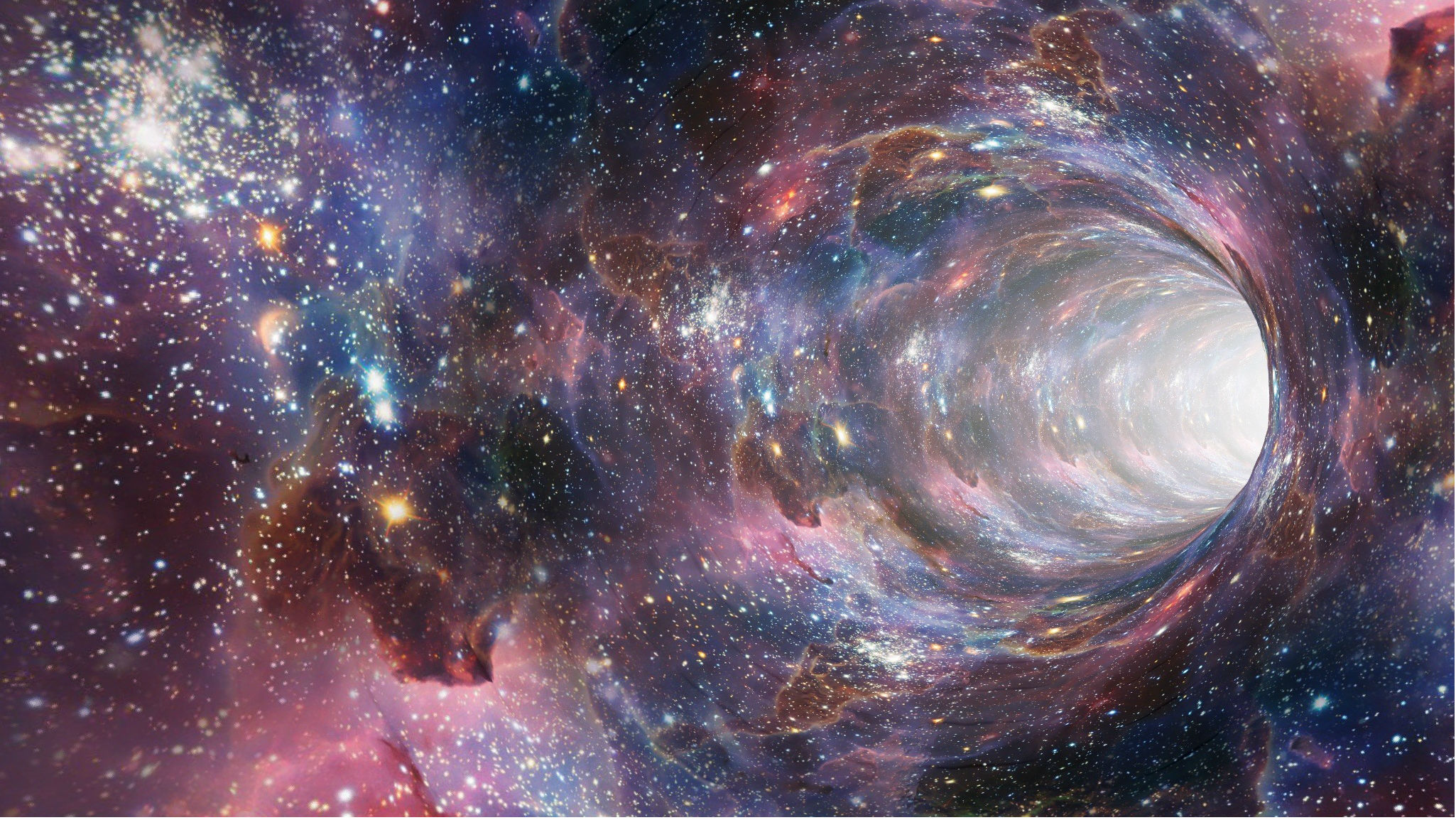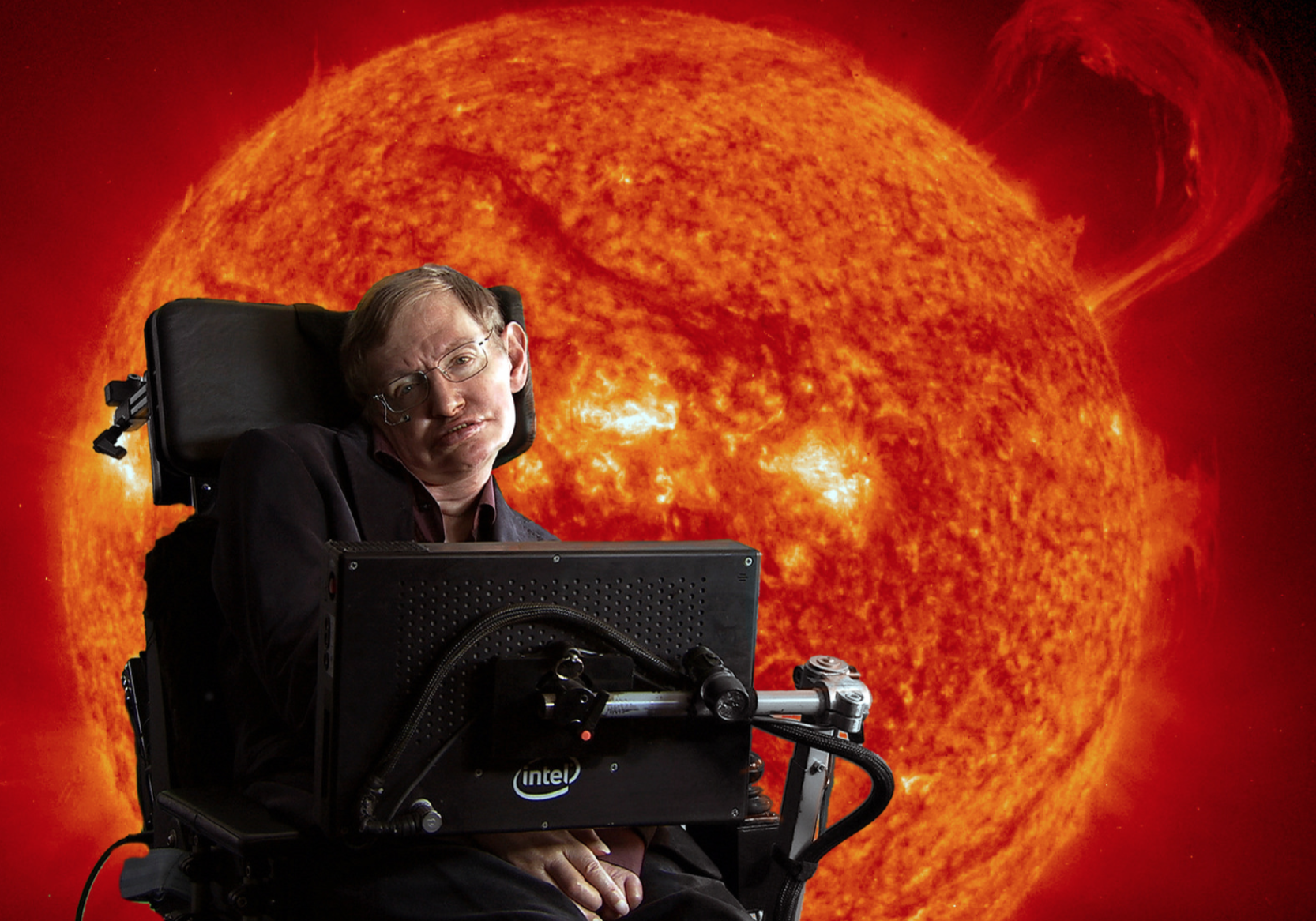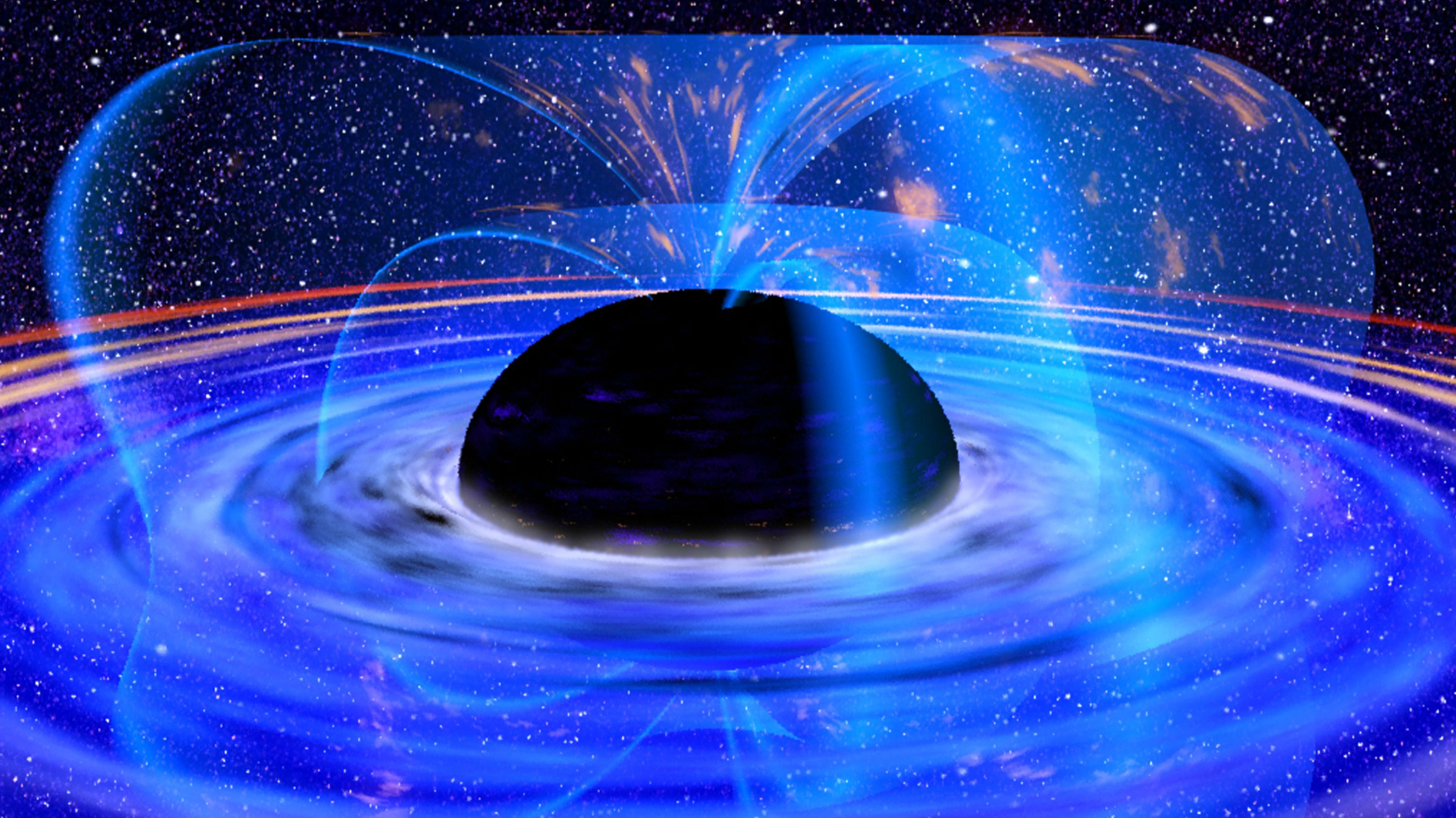universe
Between Carl Sagan’s laughter, the brainwaves of somebody in love, and a live theremin concert, humanity has sent a lot of data out into the stars.
Carl Sagan—who first coined the term—was tempted to call them “star-tar.”
NASA’s Michelle Thaller explains how an accidental discovery led to the 1978 Nobel Prize in Physics.
▸
2 min
—
with
Einstein’s God is infinitely superior but impersonal and intangible, subtle but not malicious. He is also firmly determinist.
In theory, we could use high-energy lasers to make our own artificial black holes, potentially capturing the enormous energy they emit.
It’s possible that the Higgs boson is connected to a bizarre doomsday scenario for the universe.
Eight-dimensional octonions may hold the clues to solve fundamental mysteries.
A new study may change the face of astrophysics.
Two new papers say everything we knew about black holes was wrong.
A theory from cosmology claims the Universe could rip apart to shreds.
Matter from the first few microseconds after the Big Bang.
Breakthrough Starshot is moving ahead with an audacious vision for space exploration.
NASA’s Michelle Thaller explains why the term ‘Big Bang’ is misleading, and how to best imagine the shape of the universe.
▸
4 min
—
with
Where is God? Michelle Thaller lays out a cosmic view of religion, science, and the human condition.
▸
5 min
—
with
Here’s the science of black holes, from supermassive monsters to ones the size of ping-pong balls.
▸
5 min
—
with
To explain the origin of everything, science needs to explain itself.
Giving our solar system a “slap in the face.”
Two massive clouds of dust in orbit around the Earth have been discussed for years and finally proven to exist.
We may not find Klingons, but what we do find will blow our terrestrial minds.
▸
4 min
—
with
A young star and a belt of gasses give the game away.
Around Halloween in 2015, astronomers discovered ‘The Goblin’. Now, it’s leading us to what some call Planet X.
▸
5 min
—
with
A mind-bending paradox questions the nature of reality.
NASA research finds a new direction in searching for signs of life in the Universe.
This meteorite is the oldest known volcanic rock in the solar system, dated at 4,565,000,000 years old.
▸
with
Through computationally intensive computer simulations, researchers have discovered that “nuclear pasta,” found in the crusts of neutron stars, is the strongest material in the universe.
If you believe there is intelligent extraterrestrial life out there, have you ever stopped to wonder why?
▸
3 min
—
with
This polymath’s papers—full of personal and scientific revelations—have joined the World Register.
The idea may have started as a joke, but it’s getting more and more serious.
Wow. Reading Hawking’s Ph.D. paper is like listening to Pink Floyd for decades and then suddenly finding out they had a different and even more groundbreaking debut album.
The idea is just as ‘crazy’ as Einstein telling us that time slows down at high speeds, or Darwin saying that our ancestors were apes.
